6C Series Cast Iron QD Sheaves for “C” Belts
6C series six-groove QD bushed sheaves are manufactured for C, CX, banded belts, and CC v-belts; they range from 6.40″ to 50.40″ in diameter. Depending on the sheave size, they are made to use SF, E, F, J, or M QD (quick detachable) bushings, which we also stock. Most 6C QD sheaves are manufactured from a high-strength grade 35 cast iron, are phosphate-coated, and are painted for anti-corrosion. All of them are balanced at the factory for smooth machinery operation.
6C Series QD Sheaves
6C series cast iron six-groove QD bushed sheaves are woking for C, CX, banded belts, and CC v-belts; they range from 6.40″ to 50.40″ in diameter. Depending on the sheave size, made to use SF, E, F, J, or M QD (quick detachable) bushings, which we also stock. Most 6C QD sheaves are making from a high-strength grade 35 cast iron, with phosphate-coated, and painted for anti-corrosion. Balance them at the factory for smooth machinery operation.
6C Series Cast Iron QD Sheaves Size Chart
| Size | Bushing Type | Type | Pitch Diameter | Outside Diameter | (E) | (F) | (L) | (M) | Sheave Weight (LBS) |
|---|---|---|---|---|---|---|---|---|---|
| 6C60SF | SF | A | 6.0″ | 6.40″ | 1-1/32″ | 6-1/4″ | 2-1/16″ | 3-5/32″ | 20 |
| 6C70SF | SF | A | 7.0″ | 7.40″ | 1-1/32″ | 6-1/4″ | 2-1/16″ | 3-5/32″ | 26 |
| 6C75SF | SF | A | 7.5″ | 7.90″ | 1-1/32″ | 6-1/4″ | 2-1/16″ | 3-5/32″ | 29 |
| 6C80E | E | A | 8.0″ | 8.40″ | 1-5/32″ | 6-1/4″ | 2-3/4″ | 2-11/32.” | 36 |
| 6C85E | E | A | 8.5″ | 8.90″ | 1-5/32″ | 6-1/4″ | 2-3/4″ | 2-11/32″ | 39 |
| 6C90F | F | A | 9.0″ | 9.40″ | 1-1/32″ | 6-1/4″ | 3-3/4″ | 1-15/32″ | 51 |
| 6C95F | F | A | 9.5″ | 9.90″ | 1-1/32″ | 6-1/4″ | 3-3/4″ | 1-15/32″ | 55 |
| 6C100F | F | A | 10.0″ | 10.40″ | 1-1/32″ | 6-1/4″ | 3-3/4″ | 1-15/32″ | 59 |
| 6C105F | F | A | 10.5″ | 10.90″ | 1-1/32″ | 6-1/4″ | 3-3/4″ | 1-15/32″ | 62 |
| 6C110F | F | A | 11.0″ | 11.40″ | 1-1/32″ | 6-1/4″ | 3-3/4″ | 1-15/32″ | 66 |
| 6C120F | F | A | 12.0″ | 12.40″ | 1-1/32″ | 6-1/4″ | 3-3/4″ | 1-15/32″ | 70 |
| 6C130F | F | A | 13.0″ | 13.40″ | 1-1/32″ | 6-1/4″ | 3-3/4″ | 1-15/32″ | 74 |
| 6C140F | F | A | 14.0″ | 14.40″ | 1-1/32″ | 6-1/4″ | 3-3/4″ | 1-15/32″ | 80 |
| 6C160F | F | A | 16.0″ | 16.40″ | 1-1/32″ | 6-1/4″ | 3-3/4″ | 1-15/32″ | 89 |
| 6C180F | F | A | 18.0″ | 18.40″ | 1-1/32″ | 6-1/4″ | 3-3/4″ | 1-15/32″ | 102 |
| 6C200F | F | A | 20.0″ | 20.40″ | 17/32″ | 6-1/4″ | 3-3/4″ | 1-31/32″ | 112 |
| 6C240F | F | A | 24.0″ | 24.40″ | 17/32″ | 6-1/4″ | 3-3/4″ | 1-31/32″ | 131 |
| 6C270J | J | A | 27.0″ | 27.40″ | 1/16″ | 6-1/4″ | 4-5/8″ | 1-9/16″ | 160 |
| 6C300J | J | A | 30.0″ | 30.40″ | 1/16″ | 6-1/4″ | 4-5/8″ | 1-9/16″ | 190 |
| 6C360J | J | A | 36.0″ | 36.40″ | 1/16″ | 6-1/4″ | 4-5/8″ | 1-9/16″ | 232 |
| 6C440J | J | A | 44.0″ | 44.40″ | 1/16″ | 6-1/4″ | 4-5/8″ | 1-9/16″ | 299 |
| 6C500M | M | B | 50.0″ | 50.40″ | 1/16″ | 6-1/4″ | 6-3/4″ | 23/32″ | 320 |
How to Choose the Right V-Belt Pulleys?
If you’re looking for V-belt pulleys for your project, you need to know what types of pulleys you need. There are four basic types: Variable speed, Step, Double cogged, and fractional horsepower. Knowing which type is right for your application is essential for avoiding unnecessary problems and increasing the efficiency of your project.
Variable speed
Variable speed V-Belt pullies are a V-pulley type with a variable speed and pitch. This type of pulley offers a higher degree of flexibility and efficiency. These pulleys can be purchased with stock, taper, or finished bore.
Variable-speed V-Belt pullies are used for various applications and are designed to be matched with different types of belts. They are used with multiple straps and feature flanges that fit the standard belt angle and width. Matching the correct pulley model with the right belt ensures proper speed and torque.
These pulleys are typically cast iron. They can change their pitch and are suitable for 3L, 4L, and 5L section V-belts. They can also work with A-section V-belts. The two-piece cast iron design allows for a quick, easy installation.
Tension cords
The first step to choosing suitable V-Belt pulleys is understanding their sizes. There are several different measurements of V-Belt lengths. Identifying the lengths of V-Belts can be a challenging task. Proper height requires a measuring fixture, a specific pulley diameter, and the ability to apply a particular tension. Measurement standards are set by the Association for Rubber Product Manufacturers (ARPA). There are many terms used to describe the lengths of the belt sections.
Before you buy a replacement V-Belt, make sure to take measurements of the original belt. A steel tape measure or a long ruler will work. You can roll the belt to measure the distance, then use a measuring device to get a precise measurement. If the existing belt is worn, the length will be smaller than the new one. The width of the new belt should be 0.5 inches smaller than the original.
Technological Processing
Warehouse Stock
The warehouse covers an area of 5000 square meters and can provide all kinds of standard models A/B/C/Z, with complete quantity and large quantity in stock. Meanwhile, it accepts all sorts of non-standard customization for drawing production. The daily production capacity is 10 tons, and the delivery time is short.
Packaging & Shipping
Experienced Workers Packing Pulleys Carefully, safe wooden cases keep parts from injuring or damaging during sea or air shipment.
FAQ
Q1. Are you a manufacturer or a trading company?
A: We are a manufacturer and trading company.
Q2. What is your sample policy?
A: We can supply the sample if we have finished parts in stock, but customers need to pay for the sample cost and shipping fee.
Q3. Can you produce according to the samples?
A: We can produce power transmission parts according to your samples or technical drawings. We can build the molds and fixtures.
Q4. Do you test all your goods before delivery?
A: Yes, we have 100% test before delivery.
Q5. Can you customize pulleys?
A: Yes, please send us your drawing for an accurate quotation.
Q6. How long is your delivery time and shipment?
A: 1. Sample Lead-times: 10-20 days.
2. Production Lead-times: 30-45 days.
Q7. How do you make our business a long-term and good relationship?
A: 1. We keep good quality and competitive price to ensure our customers’ benefits ;
2. We respect every customer as our friend and sincerely do business and make friends with them, no matter where they come from.
Q8: What are your advantages?
1. The most competitive price and good quality.
2. Perfect technical engineers give you the best support.
3. OEM is available.

Packing Shipping Delivery
  |
 |
|
 |
 |
|
How to choose power transmissions parts and industrial products which meet our requirement
| Chains | Sprockets | Pulleys | Timing belt Pulley | V-belt Pulley |
| Sheaves | Coupings | Bush &Hub | Gear& Rack | V-Belt |
| Locking Assembly | Pulley | Gearbox | Reducer | Shaft Collar |
| Rod End Bearing | Clevis | PTO | Chain Guide | Belt Guide |
| Rubber Buffer | Chain Tensioner | PTO Drive Shafts | Universal Joints | Roller Chains |
| Conveyor Chains | V-Belts | Worm Gearbox | Helical Gear | Worm |
| Agricultural Chain | CNC Proces Parts | Casting | Stamping | |
| Powder Metallurgy | CNC Proces Parts | Casting | Stamping |
What Products Do you sell ?
We are a group of factories, give customer one stop solution of power transmission and industrial products. We are in the position to supply wide range of products, including chains, sprockets, v-belt and v-belt pulleys, timing belt and timing belt pulleys, gears, speed reducers, motors, racks, couplings, and many other parts, like locking assembly, taper bushing, Chain guide, shaft collar, torque limiter, cam clutch, universal joint, motor base and motor slide, rod end, clevis, rubber mount, etc. We make special parts according to drawings and/or samples.
How to choose a gearbox which meets our requirement?
You can refer to our catalogue to choose the gearbox or we can help to choose when you provide
the technical information of required output torque, output speed and motor parameter etc.
What information shall we give before placing a purchase order?
a) Type of the gearbox, ratio, input and output type, input flange, mounting position, and motor informationetc.
b) Housing color.
c) Purchase quantity.
d) Other special requirements.
What industries are your gearboxes being used?
Our gearboxes are widely used in the areas of textile, food processing, beverage, chemical industry,
escalator,automatic storage equipment, metallurgy, tabacco, environmental protection, logistics and etc.
What is the producing process?
Production process including raw material cutting, machine processing, grinding, accessories cleaning, assemble, cleaning, stoving, oil coating, cover pressing, testing, package.
How to control the products quality?
Combining advanced equipment and strict management, we provide high standard and quality bearings for our customers all over the world.
What is the transportation?
-If small quantity , we Suggest to send by express, such as DHL,UPS, TNT FEDEX. If large amount, by air or sea shipping.
Can we design packaging?
-Yes. Default is regular packing, and we can make customer's own packing.
Can you provide OEM service?
-Yes, we work on OEM orders. Which means size, quantity, design, packing solution, etc will depend on your requests; and your logo will be customized on our products.
Can you give me discount on Power Transmissions Parts and Industrial parts?
-Yes, of course. Pls. send me your Email, you'll get more
Q: Are You a trading company or a manufacturer?
A: We Are the factory and have our Own trading company
Q: How Can I get an offer?
A: please send US quotation information: drawings, materials, weight, quantity and requirements, we can accept PDF, ISGS, DWG, STEP file format. If you don't have the drawings, please send us the samples, we can also quote you according to your samples.
Q: What is your minimum order size?
A: it is usually 100 pieces, but a low quantity is acceptable under some special circumstances.
Q: Do you provide samples? Is it free or extra?
A: Yes, we can provide samples free of charge, but we don't pay the freight.
Q: What is the lead time for mass production?
A: honestly, it depends on the number of orders. Normally, if you don't need the tools, deposit them after 30 days or so.
Q: What if the parts don't Work?
A: we can guarantee the quality, but if it happens, please contact us immediately, take some photos, we will check the problem and solve it as soon as possible.
Q: What are your terms of payment?
A: payment is less than US $1000,100% in advance. Payment: $1000,50% wire transfer in advance, balance before shipment,Other Terms of payment are negotiable

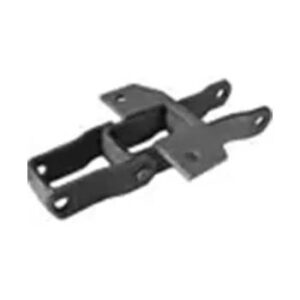
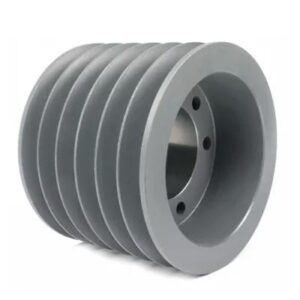

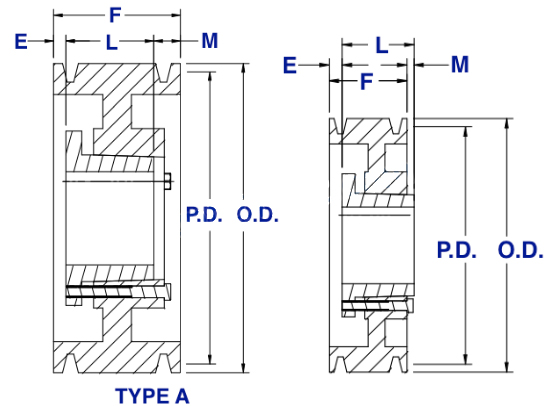
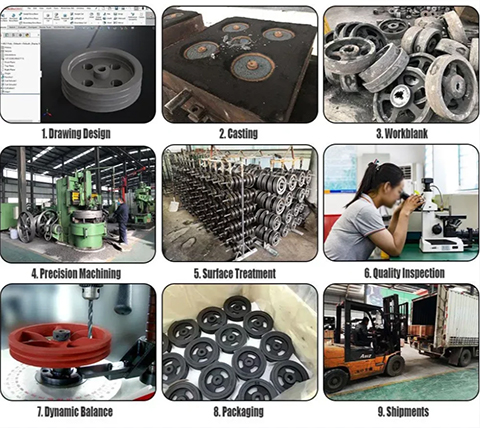
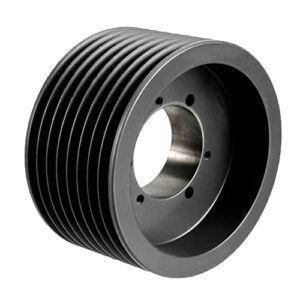
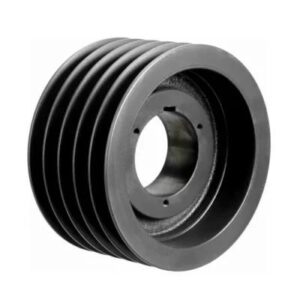
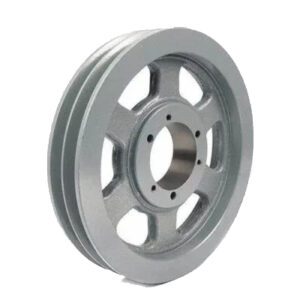
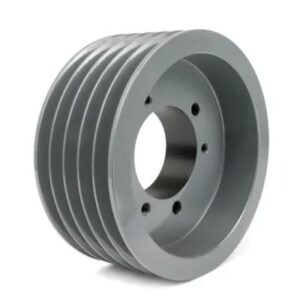
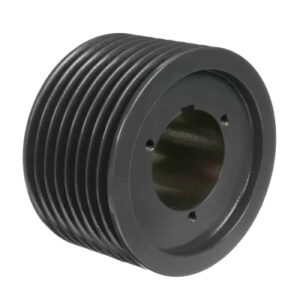
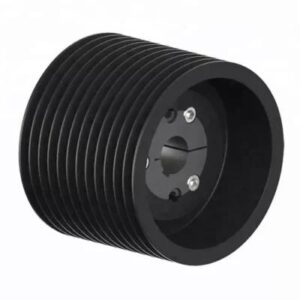
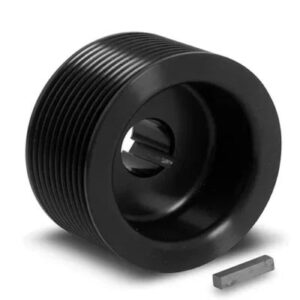
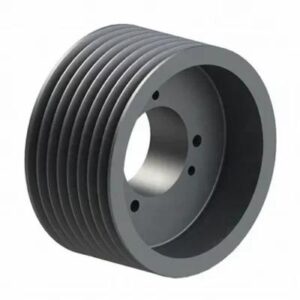
Reviews
There are no reviews yet.